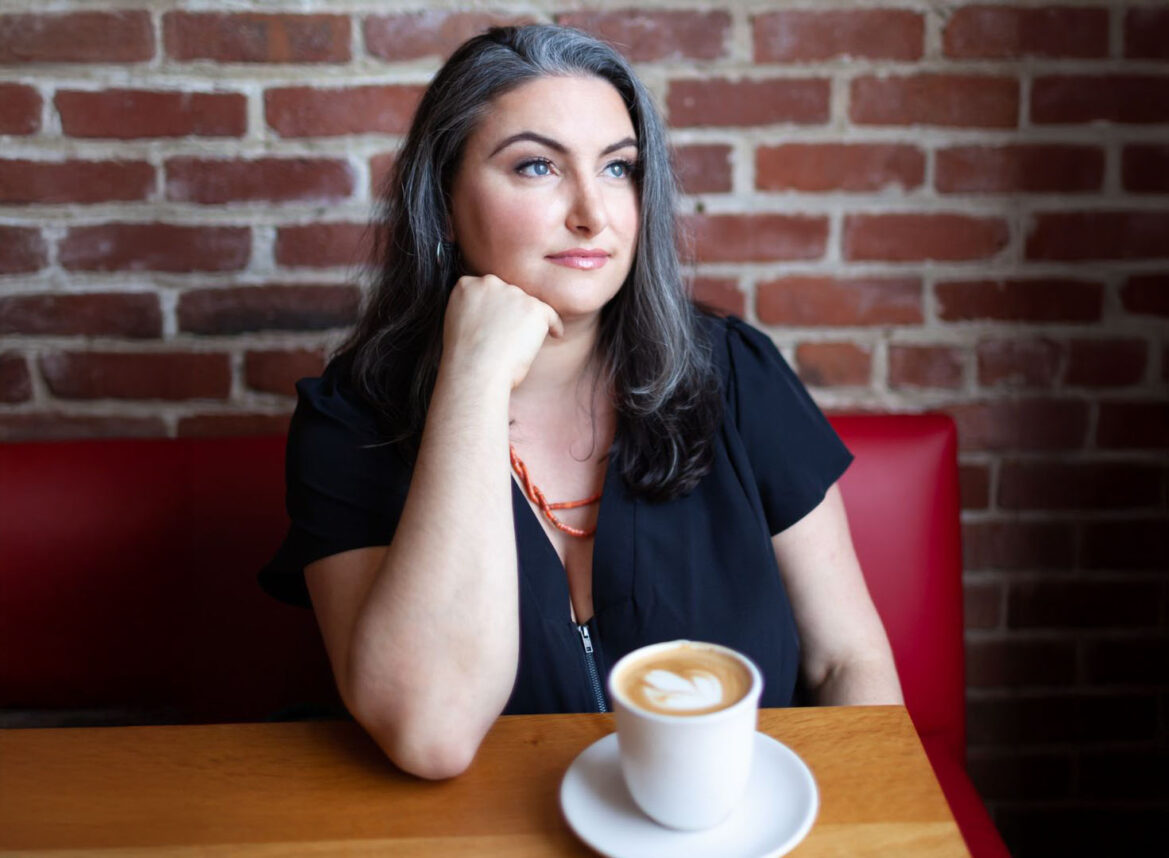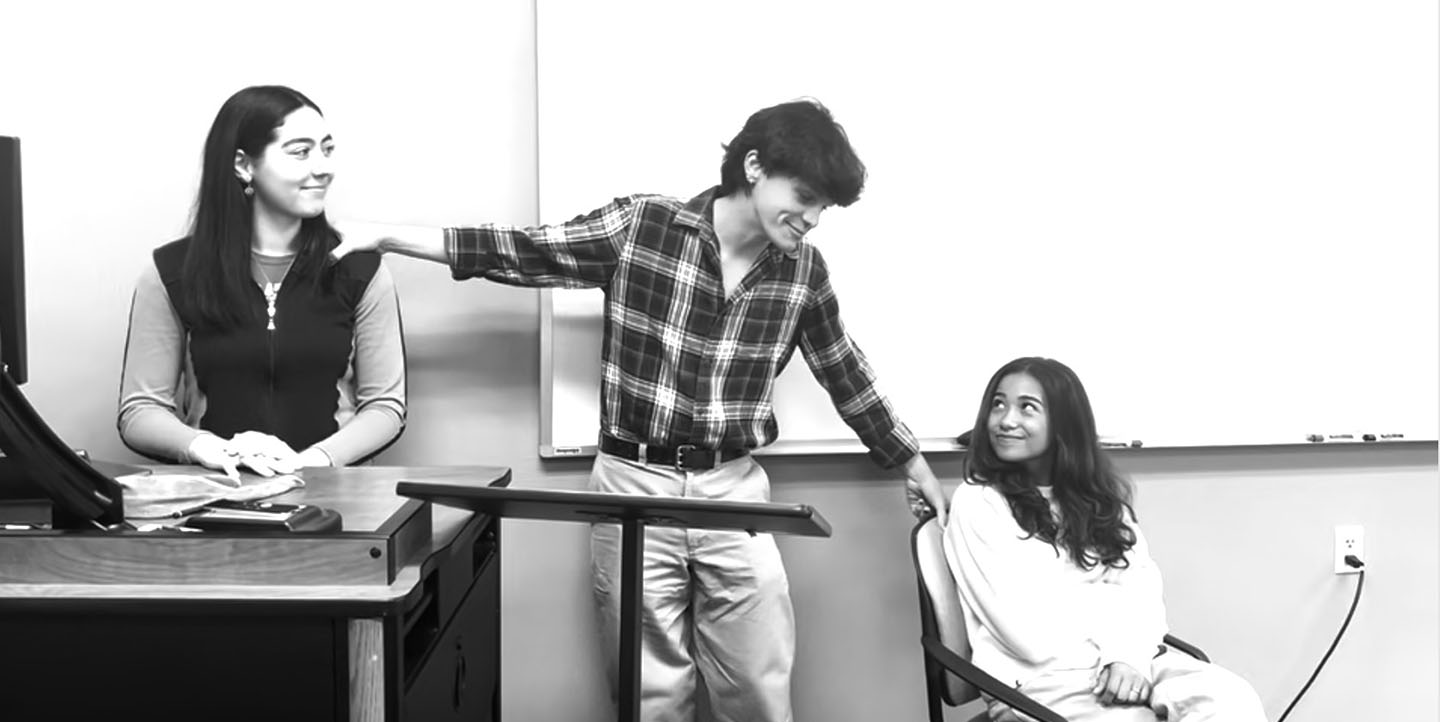Journalism 101, Rule No. 1: The interview is about the interviewee, not about you. Ask a question, then shut up and listen. Obviously, the instructor never met Sharon Boorstin, who is as interested in you as you are in her. No, really. My list of questions goes out the window.
With Boorstin you bond.
The noted restaurant critic and food writer is already collecting food memories and recipes for a sequel to "Let Us Eat Cake: Adventures in Food and Friendship" (Regan Books/Harper Collins, $24.95), her tantalizing memoir, recipes included, of food, family and friendship, and we’re invited to share.
"I’m fascinated by women and their relationships with their mothers and grandmothers and where they came from," she says. "I grew up in a family obsessed with food. With women’s lib, everything changed, and I wanted to explore how women’s attitudes toward cooking and food changed as well."
She shows me a loose-leaf bulging with recipes, some handwritten, some on yellowed newsprint, dating back three decades to her newlywed days. The discovery of that long-forgotten notebook and the memories it recalled were the catalyst behind "Let Us Eat Cake."
Every recipe told a story: the brandied stuffed chicken legs she and friend Laurie slaved over to woo two brothers, a doctor and a lawyer (they never called back); the signature Canlis salad from Seattle’s best restaurant; her Yiddish-speaking grandmother’s blintzes, and her mom’s legendary egg-bread stuffing.
"Food is actually a really good bonding thing. Everyone has it in common, and women talk about it easily," says Boorstin. "And I have the most fun talking to Jewish women, because they get it right away. They have all these stories and light up when they talk about their grandmothers."
Despite the differences in our backgrounds — Boorstin grew up in the "boonies" outside of Seattle, where she and her sisters were the only Jewish kids in class; I was raised in a Jewish "ghetto" in a New York suburb — I found myself saying "me, too!" on almost every page. Growing up in the 1950s. The angst about boys, the love-hate relationship with food and obsession with dieting. The deep emotional connection with women friends and the ease of friendship in our 50s.
"You have what you’ve gone through together, what you have in common, and let go of old resentments," she says. "Life is precious, and you don’t want to be petty."
OK, Boorstin’s mom wore Revlon’s Fire and Ice, while mine wore Cherries in the Snow, but we shared the same "longing" as we downed our Preludin diet pills, willingly dispensed by our family doctors, to squeeze ourselves into our Merry Widows.
In the 1950s, you learned cooking to catch a man, she observes. The book’s grand finale, "Husband-Catcher Cake," came from friend Mary Lou, whose college roommate’s grandmother had advised, "Men can get sex from any woman, but not a good chocolate cake. And this one is good enough to get you a husband."
Readers of any age will relate to the connections Boorstin celebrates with the women in her life and share a giggle at her often hilarious food memories: the "salmon dowry" wrapped in newspaper that she presents to her future in-laws (her dad was vice president of a fish company), mushrooms stuffed with marijuana that fellow teacher Sue procures from a student, gourmet potato pancakes fried by Suzy Gershman (of "Born to Shop" fame) in her muggy Paris apartment wearing panties and an apron (photo included).
Neither does Boorstin hold back the painful episodes in her life: her broken engagement (his therapist delivers the news), her sister’s mental illness, the death of a soulmate, friendships extinguished and rekindled.
"Women bond over food the way men do over sports," she asserts as she cooks her way through life’s triumphs and challenges. "On the afternoon of Sept. 11, I was so upset, I was crying and started making blintzes. I was sort of re-attaching to my roots. It was very comforting."
When daughter Julia goes off to college, a puffy-eyed Boorstin seeks the solace of friend Joyce, who must know Boorstin well. "We’ll have a glass of wine, we’ll cook. You’ll feel better," she tells her.
Scattered throughout are delicious vignettes starring famous foodie friends: Barbara Fairchild, editor-in-chief of Bon Appétit; La Brea Bakery’s Nancy Silverton; Barbara Lazaroff, Wolfgang Puck’s partner and wife; Mary Sue Milliken and Susan Feniger, the Two Hot Tamales; Paul Newman’s daughter, Nell. Even Julia Child makes an appearance.
In the tradition of her mother and grandmother, Boorstin is a self-described shiterein cook. That’s Yiddish for why measure? You just throw something in, and a wonderful dish emerges. Far from haphazard, it’s a style borne of confidence, instinct and skill. With "Let Us Eat Cake" the ebullient Boorstin has shitereined a delightful and tasty friendship stew.
Mom’s Egg-Bread Stuffing
Enough for a 20-pound turkey with some left over to bake in a casserole.
This is a recipe that cries out for improvisation, because you can toss in just about anything that adds crunch and perhaps a bit of sweetness, and it will taste good. Just be sure you use egg bread as your base. It is also a recipe for which it is difficult to give precise measurements. Taste and adjust the ingredients and seasonings for flavor and texture.
- 4 to 5 loaves egg bread, sliced, crusts removed
- 3 to 4 big onions, chopped
- 1 stick margarine
- 1 bunch celery, chopped
- 2 cups chopped mushrooms
- 1 each turkey giblet, heart and liver, chopped
- 1 to 2 tablespoons poultry seasoning
- 1 to 2 tablespoons salt
- pepper to taste
- 1 to 11¼2 cups sliced water chestnuts, well drained
- 2 to 3 Pippin or Granny Smith apples, chopped
- 1 to 11¼2 cups dried cranberries or chopped dried apricots
- 2 carrots, chopped (optional)
- 1 cup sunflower seeds or chopped walnuts or almonds (optional)
- 4 eggs, beaten
- 3 to 4 cups chicken broth, at room temperature
1. Cut the bread into cubes about 11¼2 inches square. Set aside for a day or two so that they dry out, tossing occasionally, or toast them lightly in a 350F oven until they are crisp but not brown.
2. In a large, heavy pan over medium heat, sauté the onions in the margarine until they are soft, about 10 to 15 minutes. Stir frequently and be sure the onions do not burn. Add the celery, mushrooms, giblet, heart, liver and seasonings, and cook over medium-high heat for 15 to 20 minutes, stirring often, until the turkey parts are cooked. Remove from the heat and let cool completely.
3. In a large pot, in batches, add the cooled onion giblet mixture and about three-quarters of the bread cubes. Toss gently. (You may need to do this with two wooden spoons or with your hands.) In batches, add the water chestnuts, apples, dried fruit and any optional ingredients, tossing gently after each addition.
4. In a separate dish, whisk the eggs with three cups of the broth, and gradually add the liquid to the stuffing mixture, blending gently. Add more broth-egg mixture and the remaining bread cubes if needed. You do not want the stuffing to be soggy, but it shouldn’t be dry either. Adjust the poultry seasoning, salt and pepper to taste.
5. Just before roasting the turkey, stuff it loosely — do not pack it in. Bake the remaining stuffing in a greased casserole, covered lightly with foil, at 350 F for approximately an hour, until brown on top.





















 More news and opinions than at a Shabbat dinner, right in your inbox.
More news and opinions than at a Shabbat dinner, right in your inbox.